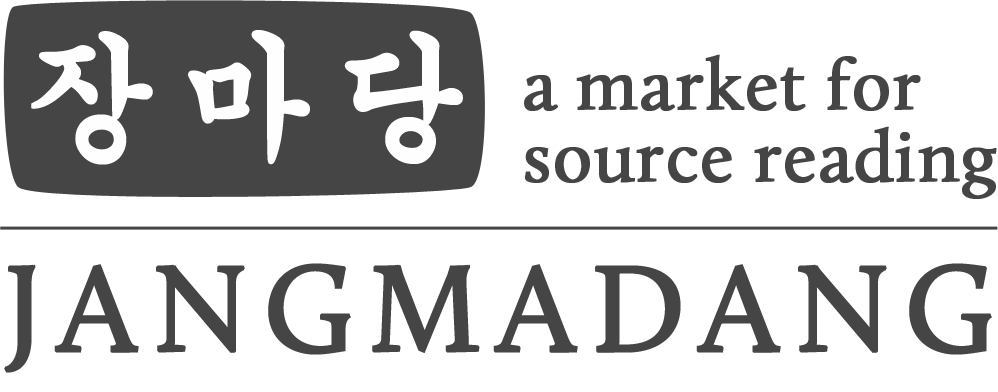China-North Korea Dossier No. 2: “China’s ‘Measure of Reserve’ toward Succession”
China-North Korea Dossier No. 2
China’s “Measure of Reserve” toward Succession:
Sino-North Korean Relations, 1983-1985
Adam Cathcart and Charles Kraus
Please click here to view the Dossier, “China’s ‘Measure of Reserve’ toward Succession.”
Introduction
This dossier, based upon a cache of newly declassified American intelligence documents, allows for a deeper glimpse into the Sino-North Korean relationship during the early- and mid-1980s. This was a period when the DPRK leadership structure had itself coalesced around hereditary succession, and was still in the protracted process of picking up the requisite endorsements from its largest allies. As Kim Il-sung turned 70-years old in 1982, the septuagenarian ex-guerilla was focused, at least in part, on obtaining support for his heir apparent from North Korea’s close allies and neighbors. The news of Kim Jong-il’s succession initially received a tepid response and its difficulties were compounded by the transformations in the 1980s socialist world, especially in the Soviet Union (USSR) and the People’s Republic of China (PRC).
A casual appraisal might have held that the somewhat frayed ties between the PRC and the DPRK would have been on the mend in the aftermath of China’s Cultural Revolution, but Deng Xiaoping’s program of economic reform and relatively rapid pivot toward opening to foreign investment only reinforced the divisions in Sino-North Korean relations. By the middle of the 1980s, Northeast Asia’s two largest communist parties found themselves more at odds with each other than ever before, particularly on ideological questions. The heyday of the Chinese-North Korean alliance had long passed, and, in spite of declarations of generational fealty, the relationship faced an uncertain future.
The documents examined here, and the assumptions which they are based upon, bear a great deal of resemblance to contemporary thinking about Sino-North Korean relations. On the whole, continuities proliferate: even in 1985, western analysts were anticipating, or at the very least were predisposed to hope, that North Korea would embrace an economic model akin to China’s “Opening and Reform” and transition to a market-style economy under the PRC’s oversight. At the same time, however, American analysts recognized that North Korea viewed China as an unreliable ally. China’s links to the outside world and especially to South Korea under the post-Maoist leadership had clearly softened the PRC’s commitment to its old socialist ally in the northeast. Would China run to the defense of North Korea in the event of a new war on the peninsula? We often hear this same question asked today, but absolute answers, either historical or contemporary, remain difficult to come by, and not just for reasons of intentional strategic ambiguity.
Enduring patterns of North Korean foreign relations are also seen in the documents presented here, and show the importance of considering the triangular relations between Russia, the PRC, and North Korea. Sung-Yoon Lee suggests, quite accurately in our view, that when the DPRK has big things in mind with its China policy, the rhythm and intensity of its interplay with Russia similarly speeds up. This was certainly the case in the 1980s, just as it was the case in Kim Jong Il’s final months. As the DPRK geared up for succession in the mid-1980s, North Korea was getting closer to Russia to balance apprehensions over China’s increasingly “revisionist” ties to the United States. China and the U.S. had been sharing intelligence, developing military-to-military ties, and cooperating on a number of global issues; North Korea was still looking to China for a modicum of support, but Beijing’s turn toward its ostensibly existential foe in Washington was both mystifying and aggravating to North Korean leaders.
A final note may be marginally interesting: among the readers of these American intelligence documents at the time of their production were future Ambassador to Korea and CIA veteran Donald Gregg, Stephen Bosworth (most recently a Special Envoy to Pyongyang, at that time Chairman of the Department of State’s Policy Planning Council), Assistant Secretaries of Defense Richard Armitage and Richard Perle, as well as Paul Wolfowitz, then Assistant Secretary of State for East Asian and Pacific Affairs.
On Romanization
The documents spell Kim Jong-il as “Kim Chong-il,” perhaps reflecting, as in the case of Kim Jong-Un, a lack of North Korean direction as to the romanization or spelling of the heir’s name. Unless quoting a document directly, we employ “Kim Jong-il” throughout this Dossier, and bend to the North Korean usage by employing “Un” rather than “Eun” as the final particle of the new supreme leader’s name.
Adam Cathcart and Charles Kraus
Seattle and Washington, D.C.







No Comments